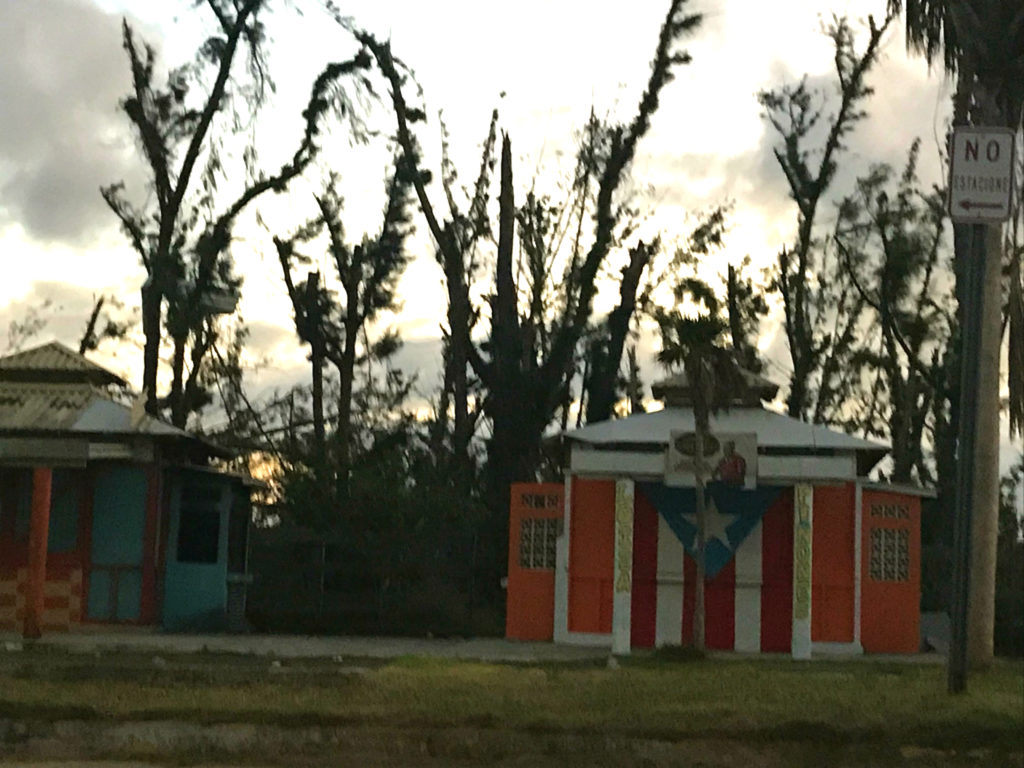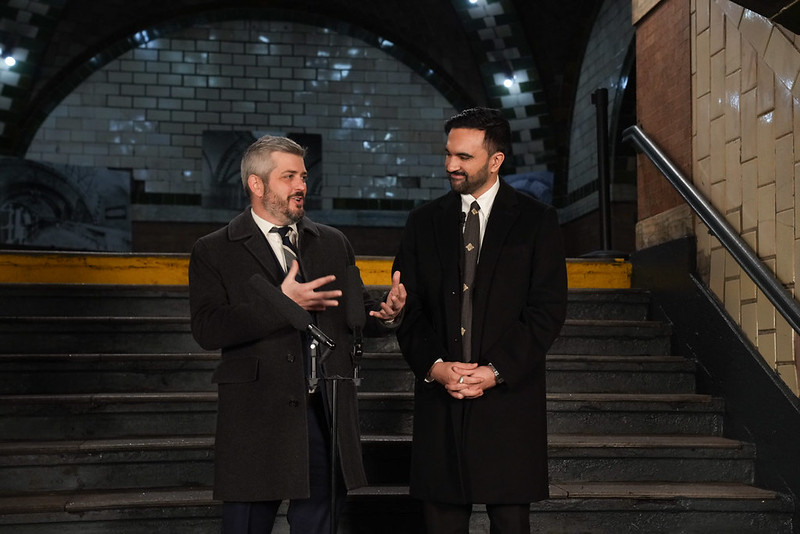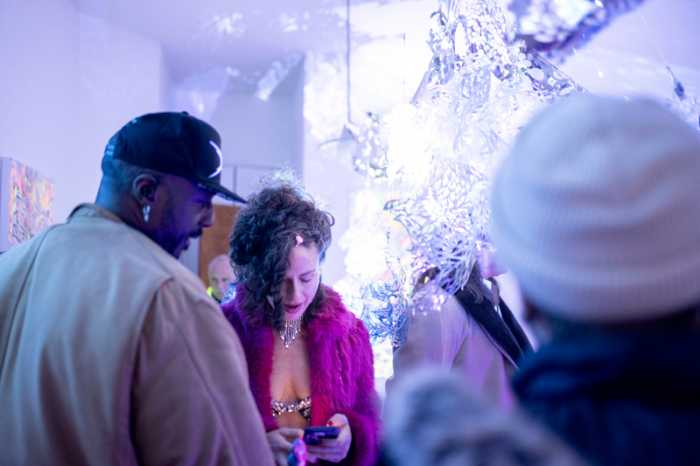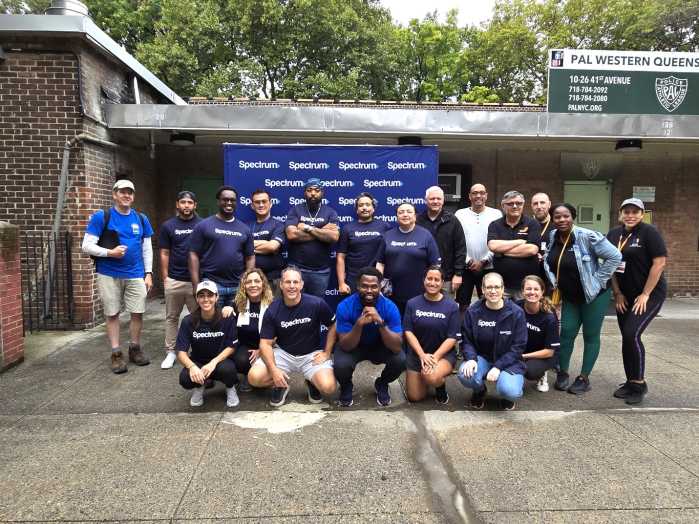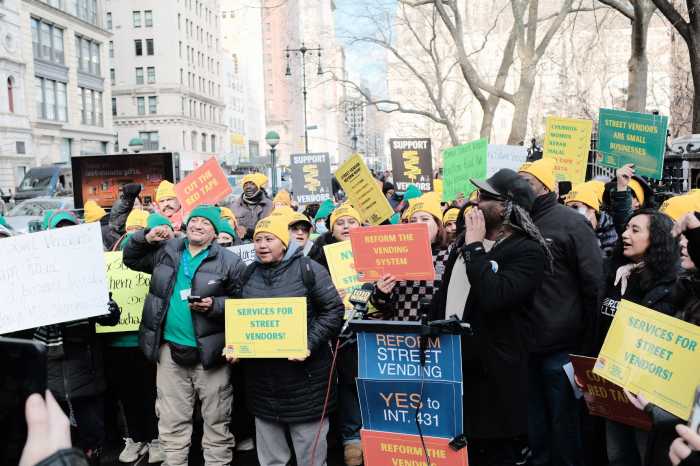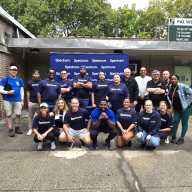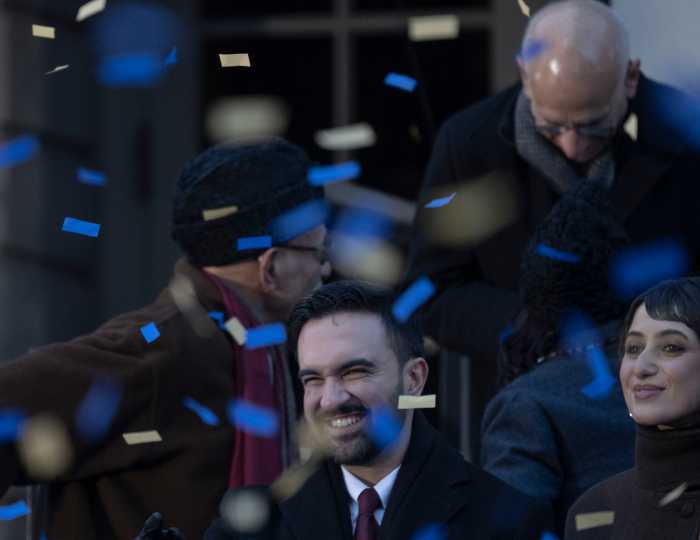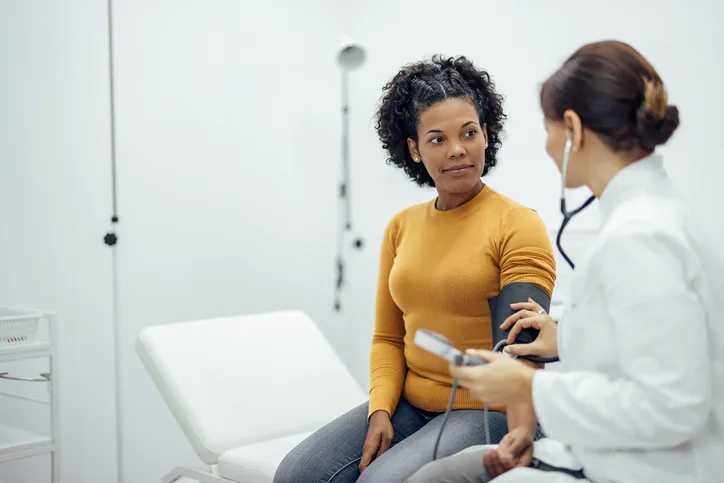Paola Beniquez, 18, grew up in Puerto Rico and arrived in Queens last summer to pursue her liberal arts studies at Bayside‘s Queensborough Community College, where she also plays for the women’s volleyball team.
Mere weeks into her semester, on Sept. 20, 2017, Hurricane Maria made landfall on Puerto Rico and unleashed a path of destruction unprecedented in the island’s history. Fear struck the San Juan native, who wasn’t immediately able to get in contact with her family.
“We are no strangers to hurricanes,” Beniquez said. “There have been times when we lost water for several days, the schools were closed, and once I even had to sleep in my car. But nothing like this.”
Now, nearly four months after the hurricane swept the island, for many Puerto Ricans, life still remains in disarray. According to the Federal Emergency Management Agency (FEMA), 3 million people, almost the entire population of the island, went without power for more than 30 days after the hurricane made landfall. In the first 90 days, power was restored to about two-thirds of the island; but thousands are still without. FEMA has called it the “largest federal response to a disaster” in American history.
After breathing a sigh of relief when she found out her family was safe and sound, Beniquez returned to the island for the holidays last month. Descending in the airplane toward the island on Dec. 20 — exactly three months after the storm hit — the emotions were overwhelming. Beniquez was one of many passengers who erupted into tears at the sight.
“A lot of places looked really damaged, especially along the coast. It wasn’t as green as it usually is. It looked paler,” she told QNS.
After being picked up by her father at the airport, Beniquez saw the damage at street level. Many streets signs and lights were down and out, windows cracked or missing and buildings damaged or crumbling. Many small businesses and malls have yet to re-open. The hurricane affected each part of the island in different ways, she explained.
“It’s been really hard,” she said. “My dad lost his job and my mom only can work four hours a day.”
In spite of this, Beniquez’s family has found a way to stay in good spirits. Having to ration food due to shortages, her parents told her they have been on a “Hurricane Maria diet.”
“The people over there are really united and we’re proud of who we are,” she said. “We’re from a small island but we do really big things.”
Beniquez, an art student, was struck by the island’s resilience iterated through its street art. Painted Puerto Rican flags can be found on crumbling buildings and public spaces. Flag are also flown proudly from many local residences.
“For me, that was very touching,” she said. “We’re proud. We don’t want to lose our identity.”
Her family and neighbors have been overwhelmed by the amount of supplies that have been sent to the country from around the world. But what is really needed, Beniquez said, are “boots on the ground.”
“The help we were expecting were people coming down and helping in street and helping with cleanup,” she said. “There’s so much to be done.”
The whole experience — in particular a visit to a favorite local beach that sustained substantial damage in the hurricane — was “eye-opening.”
“A lot of places I used to go, I feel like I appreciate them a lot more,” Beniquez said. “It was a very eye-opening experience for me, the whole situation. It changed my perspective on life.”
The student’s school community has rallied around her these last few months, she noted. Her volleyball coaches volunteered to collect supplies, donate money and spread the word about the country’s plight. Professors and faculty at the school also offered their help and support.
“I really can’t explain the emotions,” she said. “There really are still good people out there.”
This spring, Beniquez will be busy putting together her art portfolio with the goal of transferring to Pratt Institute in the fall to study interior design. There, she hopes to also continue her volleyball career.



